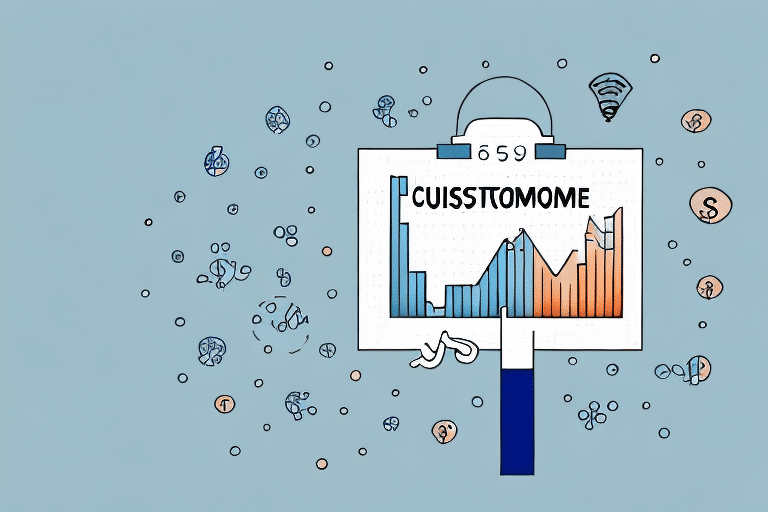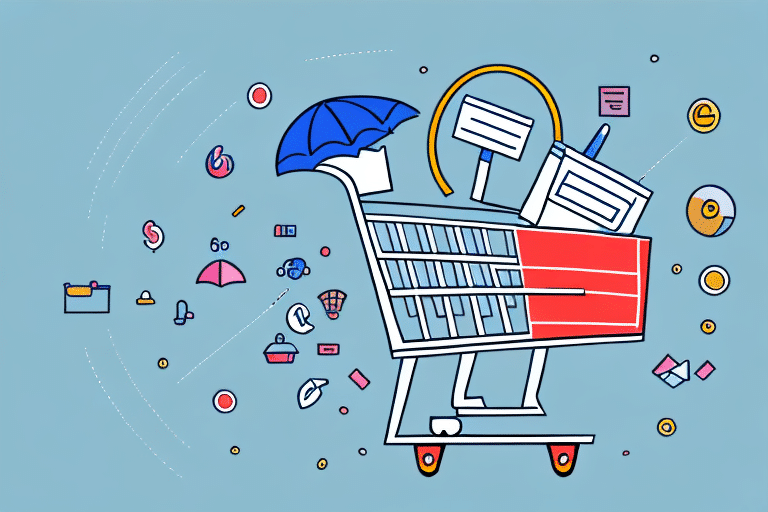Importance of Customer Retention Events
In today's highly competitive business landscape, customer retention has emerged as a critical factor in driving sustained growth and success. While attracting new customers is essential, retaining existing ones is equally important. Customer retention events play a pivotal role in building customer loyalty and engagement by providing a platform for businesses to interact with their customers on a more personal level.
According to a Forbes Business Council report, increasing customer retention rates by just 5% can boost profits by 25% to 95%. These events allow businesses to showcase their products and services, gather valuable feedback, and demonstrate their commitment to customer satisfaction.
Understanding Customer Engagement and Loyalty
The Psychology Behind Loyalty
Customer engagement and loyalty are underpinned by psychological factors such as identity, community, and belonging. Customers are more likely to remain loyal to brands that resonate with their personal values and provide a sense of belonging. Personalized experiences, like tailored offers and recommendations, strengthen emotional connections between customers and the brand.
Building Trust
Trust is a cornerstone of customer loyalty. Transparent communication, honesty, and consistency in delivering quality products and services help build and maintain this trust. According to a Harvard Business Review article, companies that prioritize trust see higher customer loyalty and advocacy.
Identifying Your Target Audience
Demographic Analysis
Understanding the demographics of your customer base is crucial for designing effective retention events. Conducting surveys and analyzing customer data can provide insights into the age, gender, location, and purchasing behavior of your audience.
Psychographic Insights
Beyond demographics, psychographics such as values, interests, and lifestyle play a significant role in shaping customer preferences. Tools like Qualtrics can help businesses segment their audience based on these factors, enabling more targeted and meaningful event experiences.
Competitive Analysis
Analyzing competitors' customer bases can reveal gaps and opportunities. By studying what competitors are doing, businesses can identify unique value propositions and differentiate their events to better meet their target audience's needs.
Selecting the Right Type of Event
Event Formats
- Product Launches: Showcase new products and generate excitement.
- Workshops and Seminars: Provide educational content that adds value.
- Meet-and-Greets: Facilitate personal interactions between customers and brand ambassadors.
- Virtual Events: Reach a broader audience through online platforms.
Choosing the Venue
The venue should be convenient and accessible to your target audience. For virtual events, ensure you choose a reliable platform that supports interactive features like live Q&A and networking opportunities.
Timing and Scheduling
Scheduling events at times that are convenient for your audience, avoiding major holidays or conflicting events, can significantly impact attendance and engagement rates.
Planning and Executing Successful Events
Comprehensive Planning
Successful events require meticulous planning. Start by defining clear objectives, setting a realistic budget, and outlining all logistical aspects. Tools like Trello can help manage tasks and timelines effectively.
Personalization
Personalizing the event experience can enhance customer satisfaction. This includes personalized invitations, customized activities, and tailored giveaways that resonate with individual attendees.
Creating a Welcoming Environment
Ensure the event environment is welcoming and facilitates interaction. Providing ample opportunities for customers to connect with each other and with the brand fosters a sense of community and belonging.
Measuring Event Success
Key Performance Indicators (KPIs)
- Attendee Feedback: Collect feedback through surveys to gauge customer satisfaction.
- Social Media Engagement: Monitor mentions, shares, and interactions related to the event.
- Customer Retention Rates: Analyze changes in retention rates post-event.
- New Customer Acquisition: Track the number of new customers gained through event participation.
Data Analysis
Utilize analytics tools to interpret the data collected from various KPIs. This analysis helps identify what worked, what didn’t, and areas for improvement in future events.
Future Trends and Innovations in Customer Retention Events
Virtual and Augmented Reality
Integrating virtual and augmented reality can create immersive experiences that enhance customer engagement and make events more memorable.
Gamification
Incorporating gamification elements like competitions, rewards, and interactive games can increase participation and make events more enjoyable for attendees.
Live Streaming and Hybrid Events
Offering live streaming options and hybrid event formats can expand your reach, allowing customers who cannot attend in person to participate virtually.
AI and Personalization
Leveraging artificial intelligence to personalize event experiences in real-time can significantly improve customer satisfaction and loyalty. AI can tailor content, recommend sessions, and provide personalized networking opportunities based on attendee preferences.
Conclusion
Customer retention events are a powerful strategy for building long-term relationships with customers and driving sustained business growth. By understanding the psychology of engagement and loyalty, accurately identifying your target audience, selecting the appropriate event type, and meticulously planning and executing these events, businesses can create exceptional customer experiences that foster loyalty and engagement. Additionally, embracing future trends and utilizing technology can further enhance the effectiveness of retention events, ensuring that businesses remain competitive and continue to thrive.








